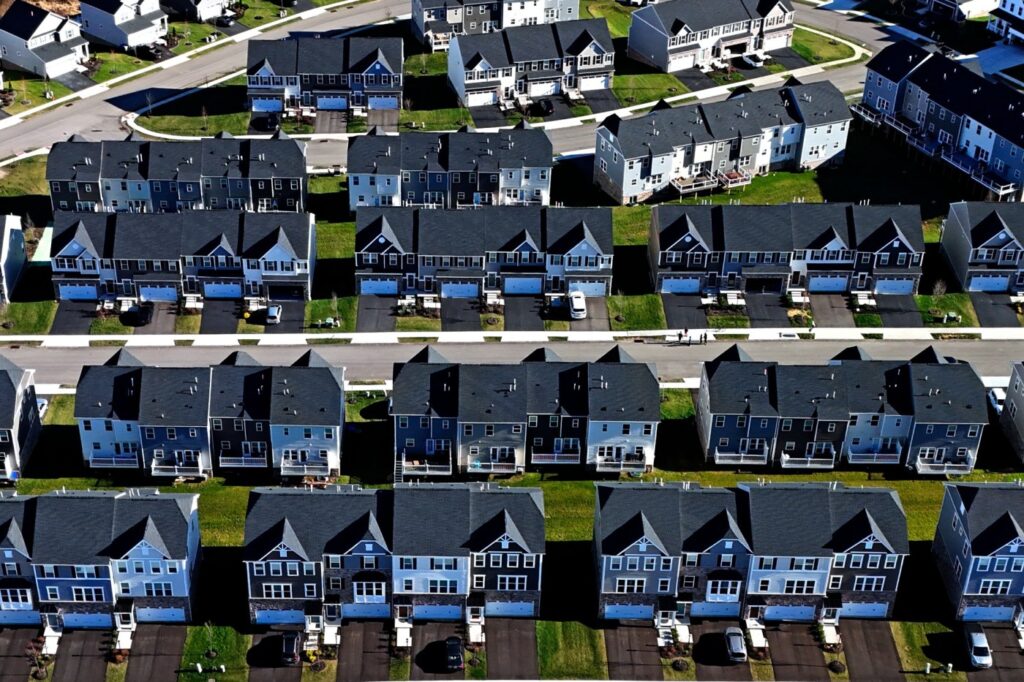
By Alex Tanzi | Bloomberg
US homeowners are eagerly grasping for mortgage savings as the Federal Reserve embarks on its campaign to lower interest rates.
With mortgage rates now nearing 6%, the lowest in two years, borrowers are flocking to shave thousands of dollars off of their annual payments. That’s freeing up cash that could be used to continue consumer spending, outlays for home improvements, debt repayment and more.
The Mortgage Bankers Association’s refinancing index jumped 20.3% in the week ended Sept. 20 to the highest level since April 2022, the group said Wednesday. That was on top of a 24.2% surge in the prior week. Refinancings now make up more than half of total mortgage applications.
The current level is still well below the average in the past three decades. After all, many Americans are still holding onto mortgages in the 2%-3% range.
But the recent surge indicates it may not take much for other mortgage holders to realize significant savings. The last time refinancing activity was this high, mortgage rates were just under 5%, according to MBA.
“While the level of refinance activity is still modest compared to prior refi waves, they now account for the majority of applications,” said Joel Kan, MBA’s vice president and deputy chief economist.
For example, the average loan refinanced last week was around $386,000. If it were taken out a year ago and assuming that $4,000 in principal has been paid off in that time, the original loan amount was about $390,000.
At a 7.41% rate when that loan was originated, the homeowner would pay $2,700 a month. But refinancing the remaining $386,000 into a new 30-year mortgage at the current 6.13% rate would translate to a payment just under $2,350. That’s a saving of $350 a month or more than $4,000 a year.
Of course, the drop in mortgage rates helps larger loans exponentially. For a $1 million mortgage — once extremely rare but now much more common — the payment with a 6.13% mortgage interest rate would be around $6,079 a month. But a year ago, with rates at 7.41%, the payment would have been over $6,900, so that homeowner could save more than $800 a month.
The drop in mortgage rates started in late April as investors started betting on a series of interest-rate cuts, even though the Fed didn’t actually start lowering rates until last week. Mortgage rates move in tandem with Treasury yields, which price in future expectations, so it’s unclear how much more mortgages can drop even as those rate cuts are realized.
And mortgage rates are just one piece of the affordability puzzle. On the resale market, where inventory remains constrained by owners locked into their low mortgage rates, the median price is $416,700, hovering near the highest in National Association of Realtors data back to 1999.
But the flip side of high home prices is record levels of home equity, which owners can tap for cash. Lower mortgage rates will make that more accessible too, which could also help buffer consumer spending and the economy at large.
